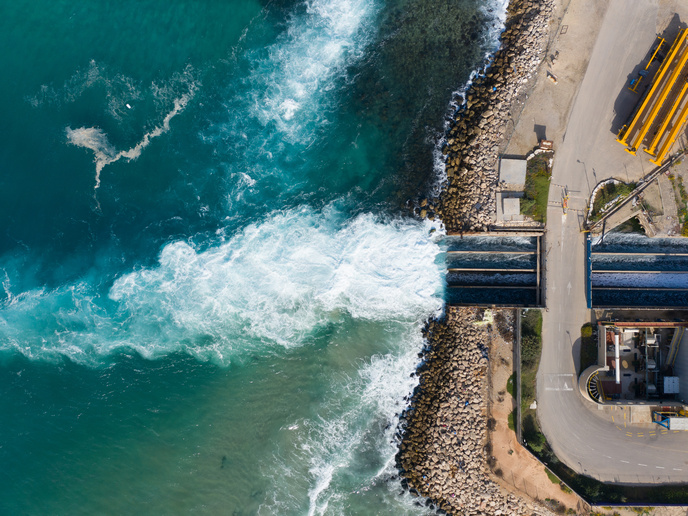What happens to the salt from desalination plants?
The global demand for drinking water is rising, just as climate change threatens its supply. These shifts are driving an uptick in desalination, the process of removing salt and other minerals from brackish or seawater. Desalination was once an energy-intensive operation based on evaporation. Now, reverse osmosis offers a more efficient method for selectively drawing fresh water from salt water. Yet in either case, waste brine – the extremely salty water that remains – is still a pickle for plant operators. If a desalination plant is by the sea, brine can be discharged relatively safely back into the ocean, with minimal impacts on the local flora and fauna. Sometimes, as in the case with Barcelona’s Llobregat plant, the brine can be diluted with water from wastewater treatment plants, lowering ecological impact. Inland plants that refine brackish water can’t simply return the brine. “If you’re concentrating salts within an aquifer, that’s really a concern,” says Casas, from the Technology Centre of Catalonia, Eurecat. “You are putting so much more salinity in, which can then affect other water sources through diffusion,” she adds. Recovering elements from within the brine could lessen the ecological impact of desalination and offer economic rewards. Aside from table salt, brine contains valuable elements such as magnesium and lithium. Brine offers “a lot of trace metals that are used in the chemical, pharmaceutical and metals industries, that the European Union is importing, not producing,” explains Casas. In the EU-funded SEA4VALUE project, Casas was among a team of researchers that developed a multi-modular process to recover from brine elements that are of strategic or critical importance to the European Union, including magnesium, gallium, rubidium and lithium. “We tested radical technologies to try to recover them from the plants,” says Casas. “We demonstrated that we could get these elements out of the brine, but further research is needed.” After successfully validating the technologies, the team now hopes to keep working on the ideas through future projects. “The next step is to test the technology at a higher scale, and to complement it with other elements that maybe at that time we were not looking for, and to make it more economically feasible,” adds Casas. Click here to find out more about Sandra Casas’s research: Multi-mineral, modular brine ‘mining’ process
Keywords
SEA4VALUE, desalination, brine, elements, ecological, technology



